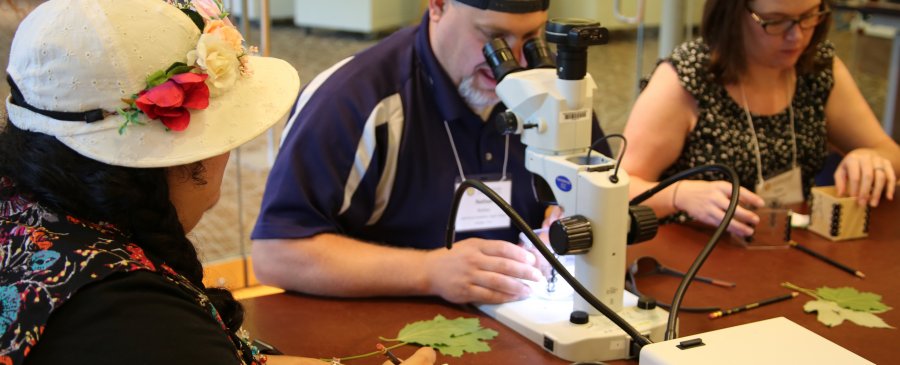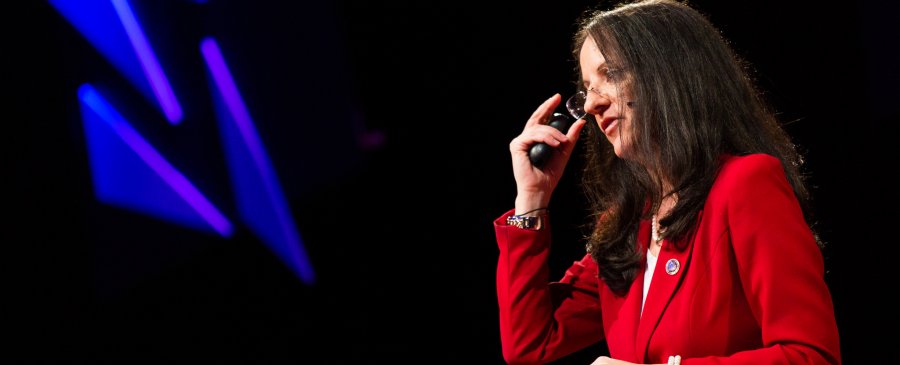From June 18th through the 23rd, 18 teachers from across the country gathered in Washington, DC, to learn about biodiversity at this year’s Biodiversity Smithsonian Science Education Academy for Teachers, or SSEAT. The participants went behind the scenes at the Smithsonian National Museum of Natural History, spent time in the museum’s Q?rius Lab, and traveled to Edgewater, Maryland, to visit the Smithsonian Environmental Research Center. Throughout the week, teachers were able to explore fields such an entomology, paleobiology, ecology, scientific illustration, and ornithology with Smithsonian scientists and researchers as well as experts from the U.S. Department of Energy, Howard Hughes Medical Institute, and the NASA Goddard Space Flight Center.
An important theme throughout the Biodiversity SSEAT was how numerous fields of study are interrelated with the sciences. In particular, there was a focus on the integration of the arts with STEM (the fields of science, technology, engineering, and mathematics), which creates the concept of STEAM. Although the concept of STEAM was present throughout the week, it was most prevalent during Sally Bensusen’s session called “Integrating STEM and the Arts.” Working as a scientific illustrator for over 30 years, Ms. Bensusen had a variety of techniques and activities to share with the teachers.
 Sally Bensusen instructs a participant on how to use a microscope for scientific illustration.
Sally Bensusen instructs a participant on how to use a microscope for scientific illustration.

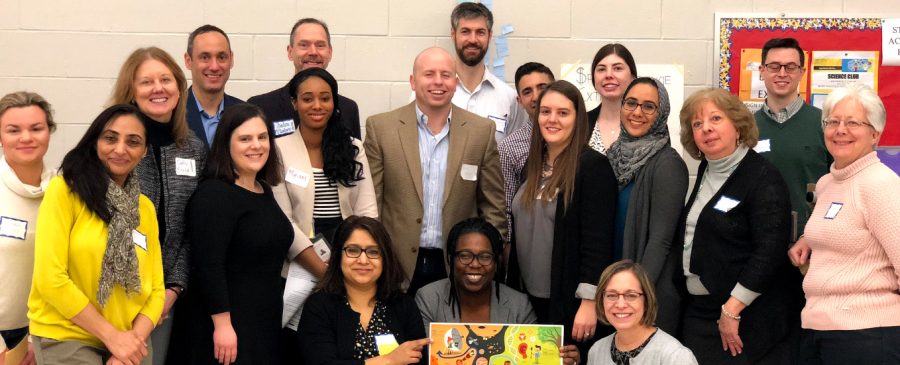

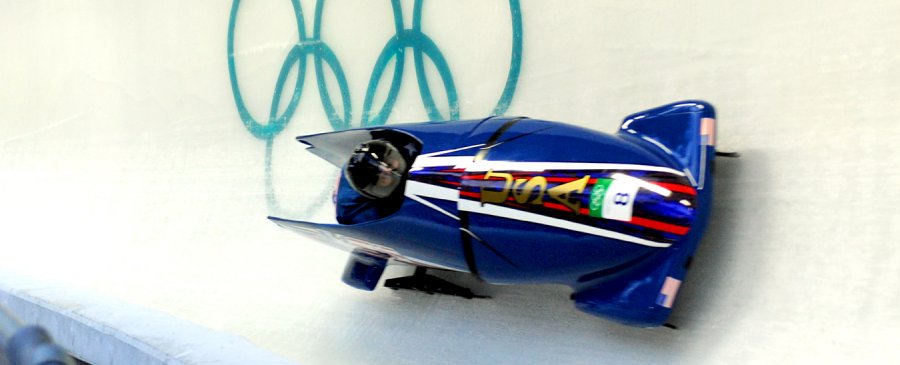


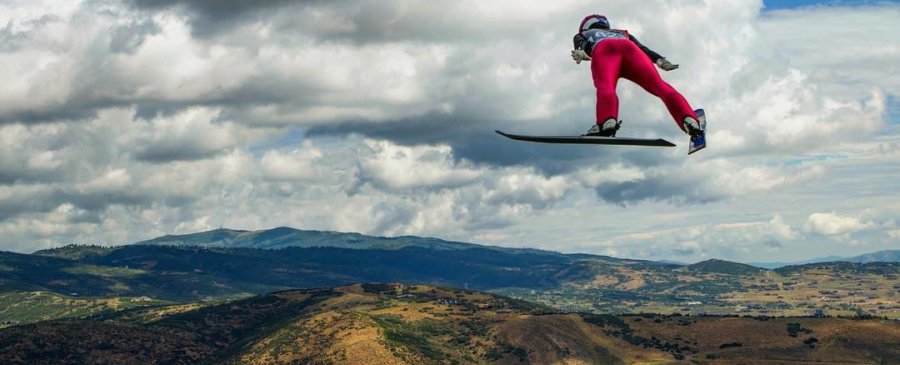


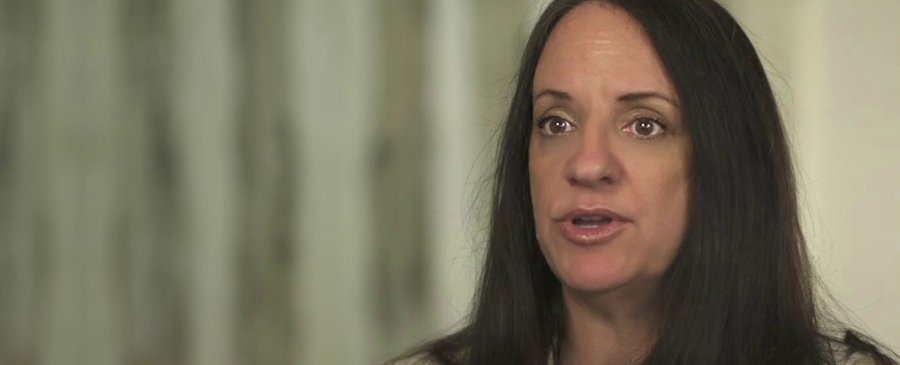
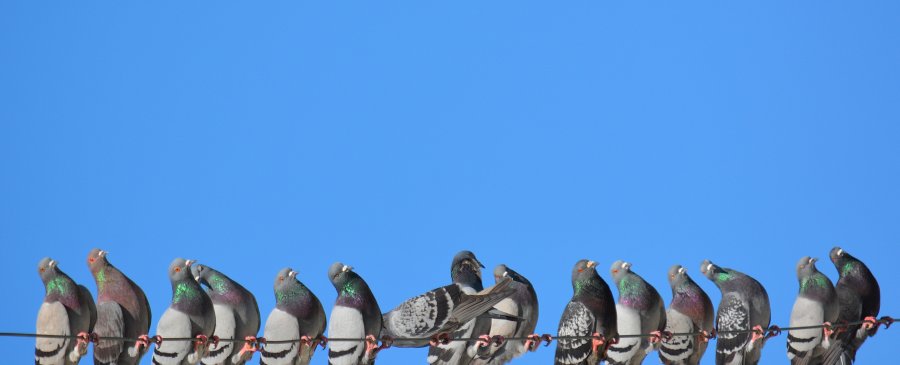

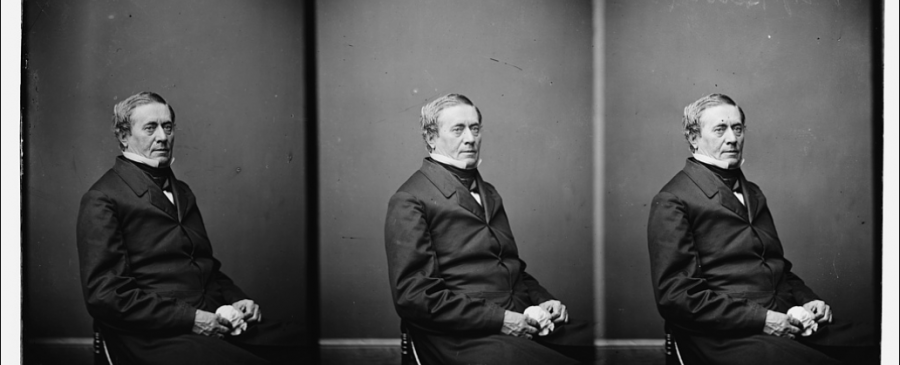
 Joseph Henry
Joseph Henry 

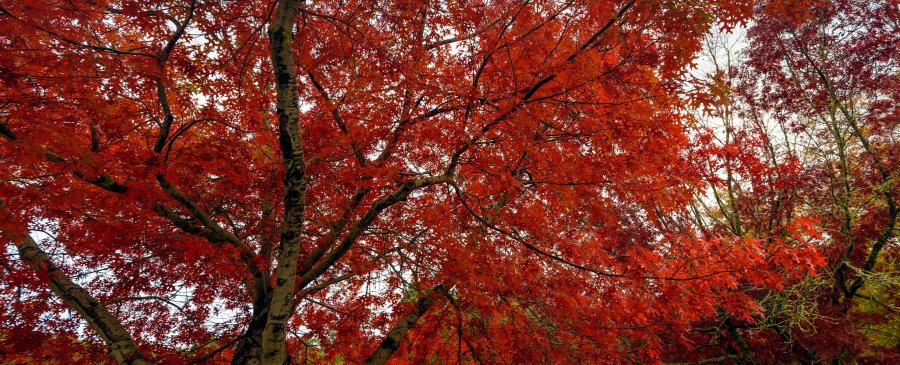
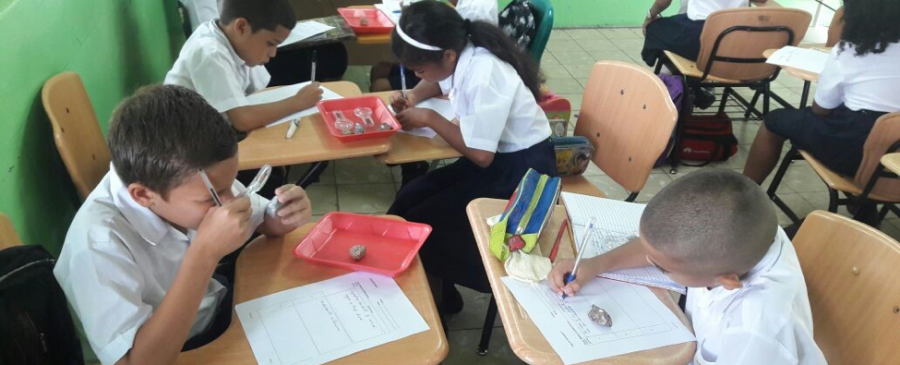
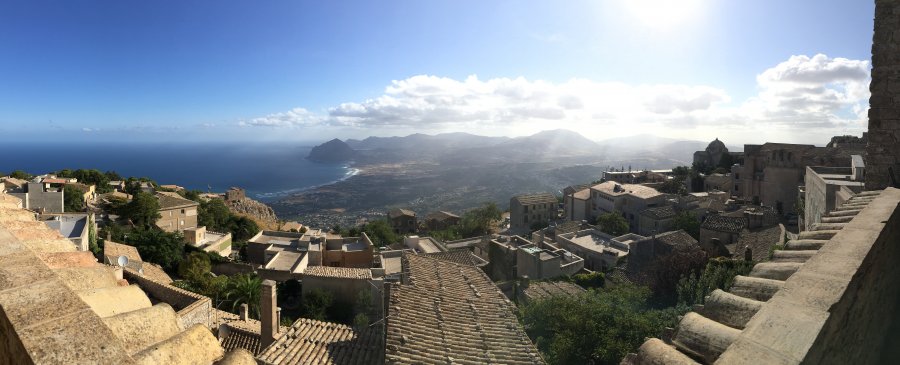

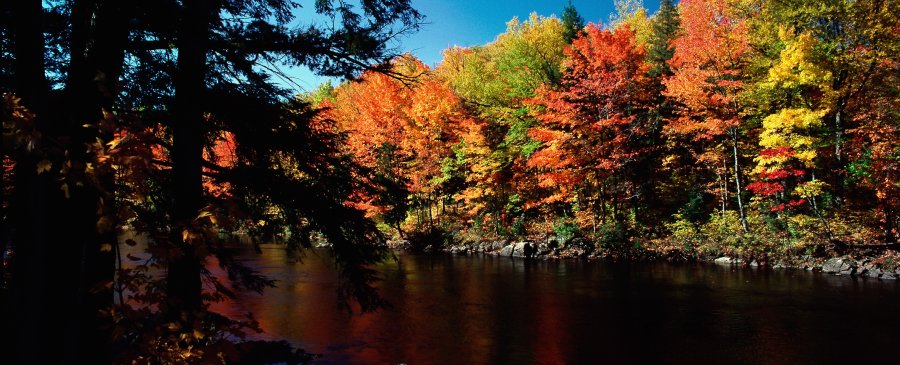
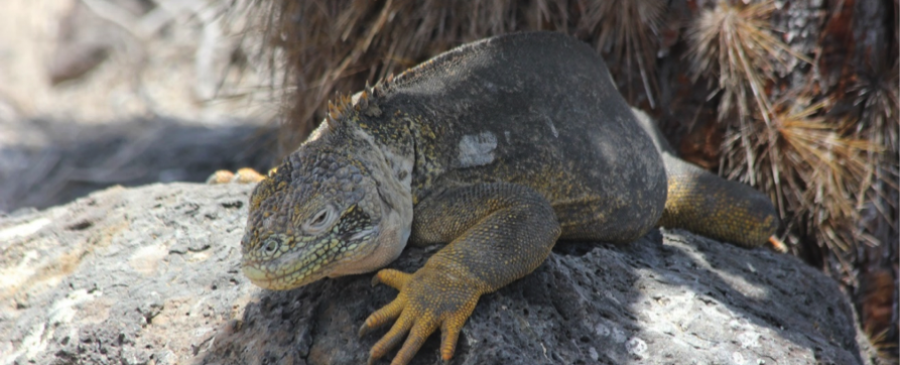
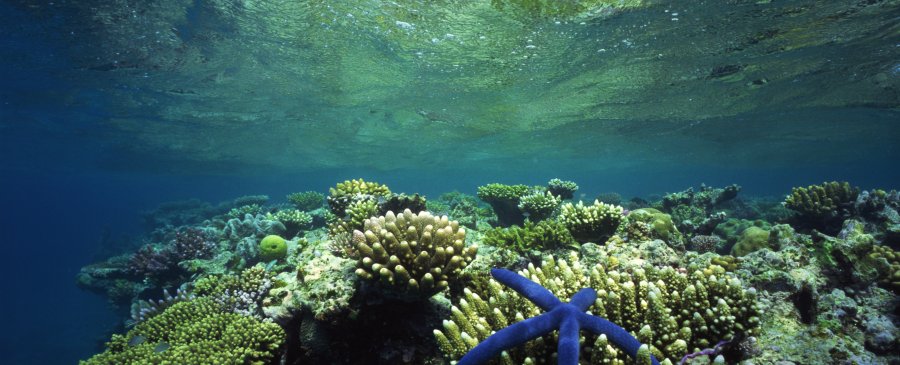
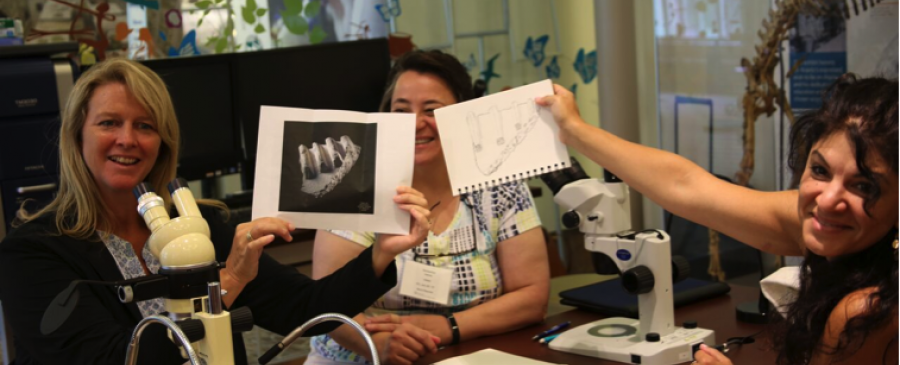
 Sally Bensusen instructs a participant on how to use a microscope for scientific illustration.
Sally Bensusen instructs a participant on how to use a microscope for scientific illustration. 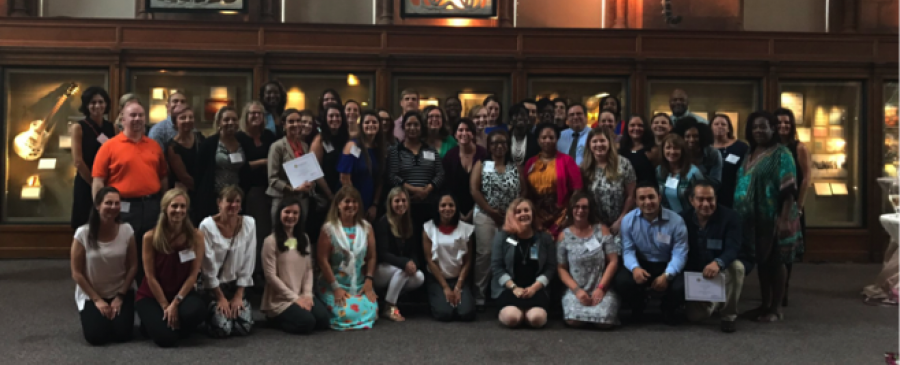
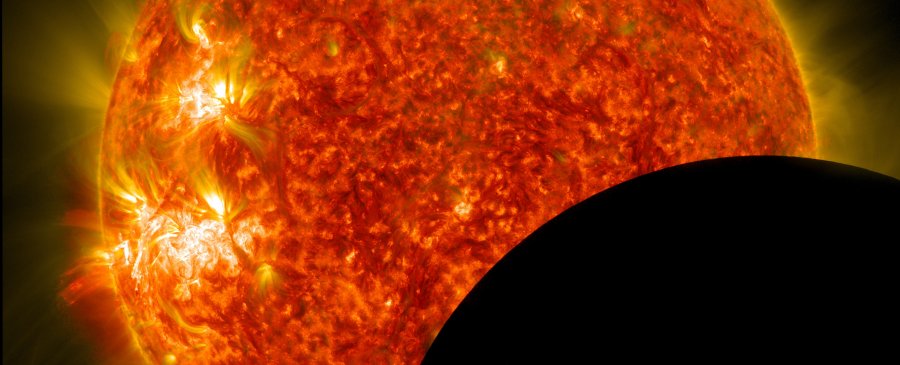
 NASA/ The Exploratorium
NASA/ The Exploratorium
